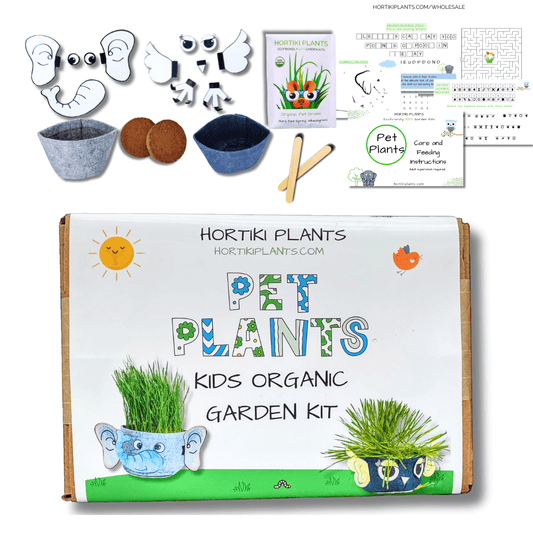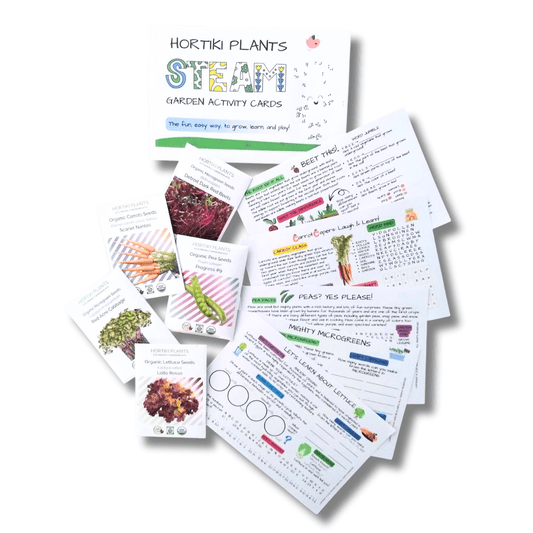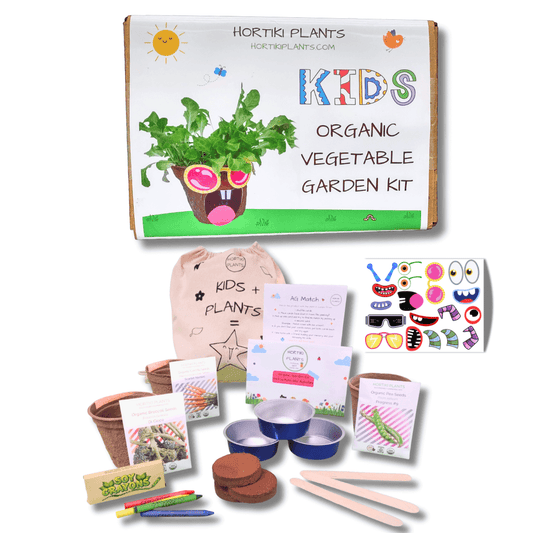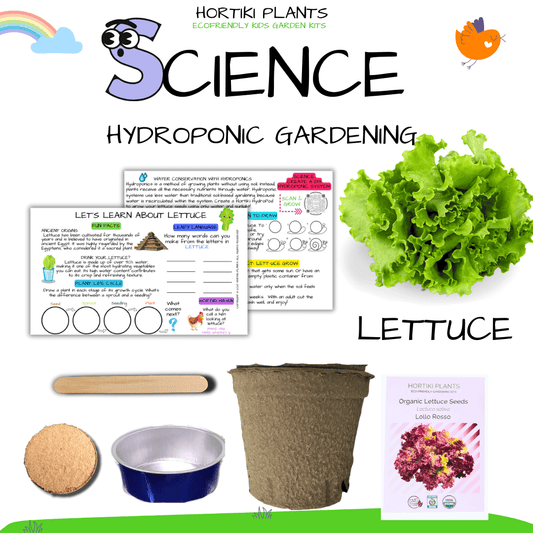Kids STEAM Card: Beets Art Activity

🖨️ Parent's Corner 🖨️
This activity page is designed to be printed! Use your browser's print function (Ctrl+P or Cmd+P) to create a hands-on worksheet for your child.
🧪 Color Science 🔬
Did you know you can turn beet roots and leaves into a special kind of paint? This is called a natural dye. For thousands of years, long before paint was sold in stores, people used plants to create colors. They colored clothes, created art, and decorated their homes using dyes made from roots, berries, bark, and leaves.
The Science of Plant Color
Every plant is filled with natural coloring molecules called pigments. It's what makes leaves green, beets red, and flowers yellow! The bright red color in your beets comes from special pigments called betalains. When you add heat and water, you are pulling these pigment molecules out of the beet and into the water, creating your paint. Different plants have different pigments, which is why they create a rainbow of colors.
✨ Interactive Science Corner: Pigment Detective Puzzle 🕵️
Let's be detectives! Every plant's color comes from a secret molecule called a pigment. Use the Pigment Clue Box below to solve the puzzle. For each plant, write down the color you think it makes and which pigment is the secret ingredient!
Here's an Example:
Plant: A big green leaf 🌿
Predicted Color: Green
Secret Pigment: Chlorophyll
Pigment Clue Box
- Chlorophyll: The pigment that makes plants GREEN.
- Carotenoids: The pigment that makes plants YELLOW or ORANGE.
- Betalains: The pigment that makes plants RED or PINK.
Now it's your turn!
1. Beet Root
Predicted Color: ____________________
Secret Pigment: ____________________
2. Spinach
Predicted Color: ____________________
Secret Pigment: ____________________
3. Turmeric Root
Predicted Color: ____________________
Secret Pigment: ____________________
4. Carrot
Predicted Color: ____________________
Secret Pigment: ____________________
5. Yellow Onion Skin
Predicted Color: ____________________
Secret Pigment: ____________________
▶️ Watch & Learn!
Want to see more? Ask a grown-up to help you watch these videos to see other ways you can create art with nature!
Disclaimer: The videos linked above are created and owned by PBS and are provided here for educational purposes.
🎨 ART-IVITY: Make Your Own Beet Dye
Step 1: Gather Your Supplies ✅
- 1-2 Fresh Beets (roots and leaves!)
- Water
- A Small Pot
- A Strainer
- A Jar or Bowl for Your Dye
- Paintbrushes & Paper
- Other Vegetables (like a potato or celery) for stamping
- A grown-up to help!
Step 2: Make it! 🎨
- Chop, Chop! Ask your grown-up to carefully chop the beets.
- Brew Your Color! Have your grown-up put the beet pieces in the pot with just enough water to cover them. Bring it to a boil, then let it simmer for about 30 minutes.
- Cool & Strain! Once the pot is completely cool, ask your grown-up to pour the colored water through a strainer into your jar. Congratulations, you just made all, natural paint dye!
🥕 Technique Time: Veggie Stamping! 🥔
Now let's get creative! Ask your grown-up to slice a potato in half and carve a simple shape into it. The bottom of a bunch of celery also makes a great flower stamp!
My Veggie Stamp Practice Area
🖼️ Your Beet-iful Masterpiece
Use your beet dye and veggie stamps to create your own colorful art project!
My Artwork Goes Here
🥣 Time to Cook: Beet-iful Hummus Recipe 
After making art with beets, let's make a delicious snack! This bright pink hummus is fun to make and super tasty.
Ingredients:
- 1 medium beet, cooked and peeled
- 1 can (15 ounces) chickpeas, rinsed and drained
- 1/4 cup lemon juice
- 1/4 cup tahini (sesame paste)
- 1 garlic clove, minced
- 2 tablespoons olive oil
- 1/2 teaspoon salt
- 2-3 tablespoons water
Instructions:
- Ask a grown-up to roast or boil a beet until it's soft, then peel it.
- Kid Step: Add the cooked beet, chickpeas, lemon juice, tahini, garlic, olive oil, and salt to a food processor or blender.
- Kid Step: With a grown-up's help, put the lid on tight and blend until smooth!
- If the hummus is too thick, add water one tablespoon at a time until it's the perfect dipping consistency.
- Serve with whole-wheat pita bread, carrots, or cucumber slices. Enjoy your colorful creation!
MyPlate.gov Connection 🍽️
How does a serving of Beet Hummus (with whole-wheat pita) fit into a healthy meal? Let's take a look at the USDA's MyPlate guidelines:
- Vegetables (Met): The beets and garlic fully count towards your daily vegetable needs!
- Protein (Met): The chickpeas are a great plant-based protein source, fulfilling this part of your plate.
- Grains (Met, with serving suggestion): When you eat the hummus with whole-wheat pita bread or crackers, you've met your grains requirement.
- Fruits (Partial): The lemon juice adds a little bit towards your fruit goal for the day.
Allergen Note: This recipe contains sesame (in the tahini). For a sesame-free version, you can leave out the tahini or substitute it with a small amount of sunflower seed butter.
🚀 Continue the Adventure!
Awesome job! You've used beets to be a scientist, an artist, AND a chef. Keep exploring the colorful history of plants with these books from your local library or bookstore.
Book Recommendations:
- Grades 1-2: "Planting a Rainbow" by Lois Ehlert. A beloved classic with bold, beautiful illustrations that show how to plant bulbs and seeds to grow a garden bursting with every color of the rainbow.
- Grades 3-4: "Kitchen Science Lab for Kids" by Liz Lee Heinecke. This book features 52 hands-on science experiments you can do in your kitchen, including many that involve exploring colors, acids and bases, and reactions using everyday foods.
- Grades 5-6: "The Brilliant History of Color in Art" by Victoria Finlay. A fascinating journey through time that tells the surprising stories behind different colors, from the crushed bugs that made fiery red to the precious blue stone that was worth more than gold.



